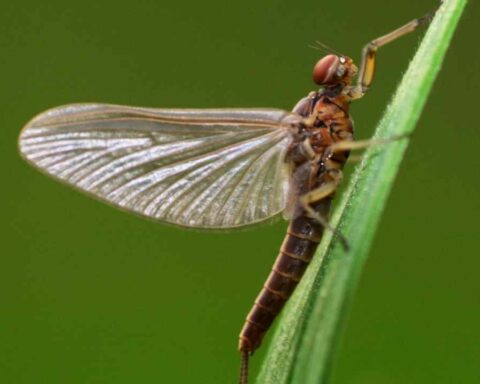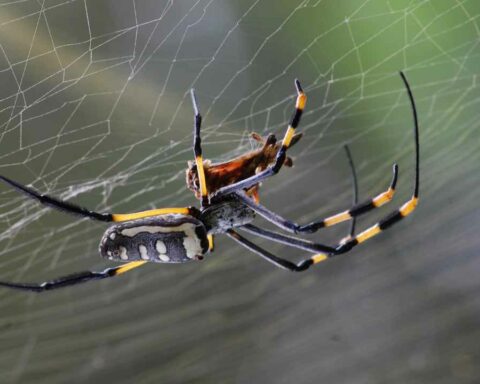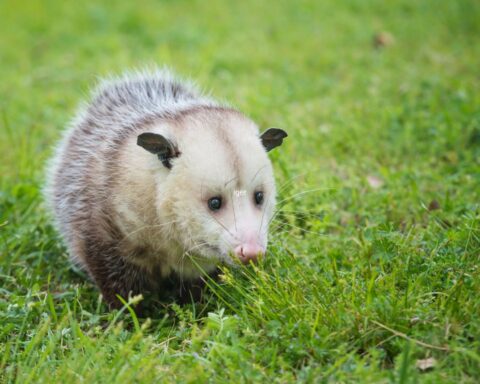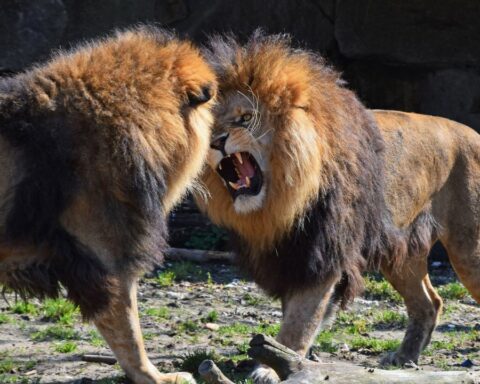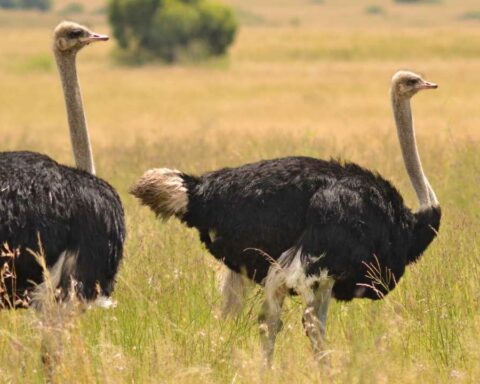Polar bears (Ursus maritimus) are the largest land carnivores in the world, and they are found throughout the Arctic region. These majestic animals have adapted to their icy environment over thousands of years, but how long do polar bears live?
How long do polar bears live
Polar bears have a long lifespan, with some living up to 30 years in the wild and even longer in captivity. In general, polar bear life expectancy depends on several factors such as diet, habitat quality, genetics and access to healthcare.
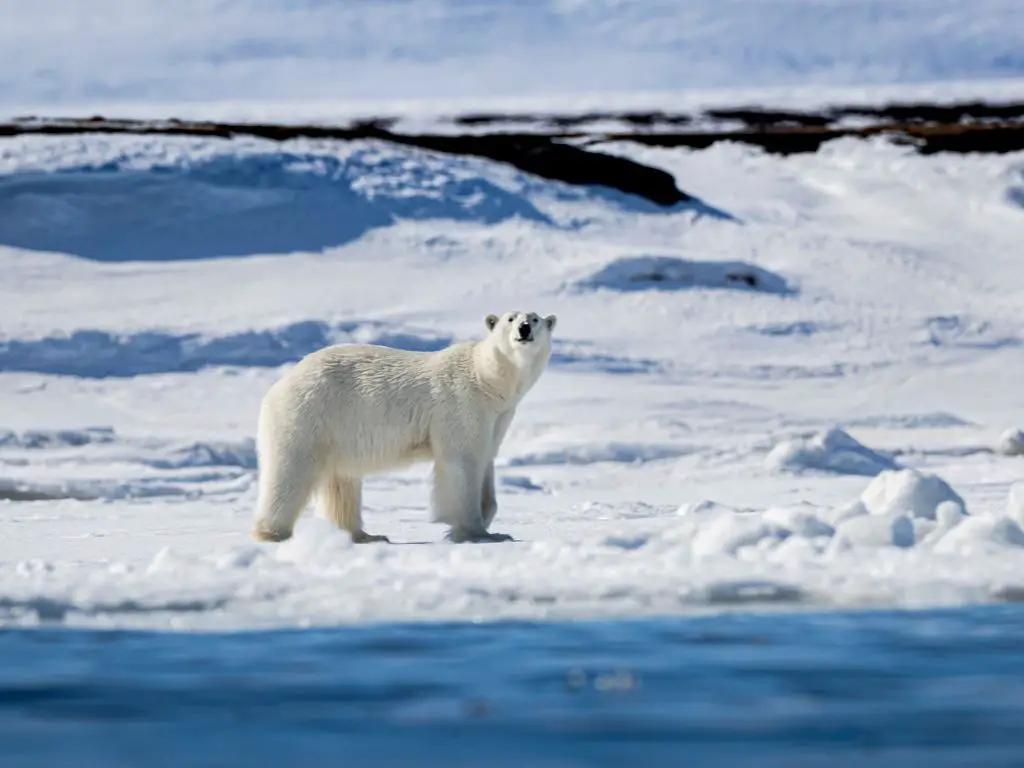 How long do polar bears live in the wild
How long do polar bears live in the wild
The average lifespan of a wild polar bear is 15 to 18 years. However, some individual specimens can reach up to 25 or even 30 years old if they manage to survive all sorts of threats such as starvation due to climate change or hunting by humans. The oldest known wild polar bear was 32 years when it died from natural causes back in 2006.
If they are able to find food sources that provide them with enough nutrition throughout winter months or if they inhabit areas where there is less competition for resources then this will increase their chances of survival over time.
It’s important that we take steps towards protecting these majestic creatures so that future generations will be able continue seeing them thrive and grow old together with us on our planet Earth! We must act now before it’s too late and ensure that these amazing beings get enough food, space and safety needed for them not only survive but also flourish!
How long do polar bears live in captivity

The average lifespan of a polar bear in captivity is estimated at 22-25 years, although some have been known to live up to 40 years. Polar bears in captivity generally outlive their wild counterparts, which typically only survive for 15-18 years on average.
In captivity however, these animals can reach ages much higher than that — one female lived until she was 43!
Why do Polar Bears live longer in captivity
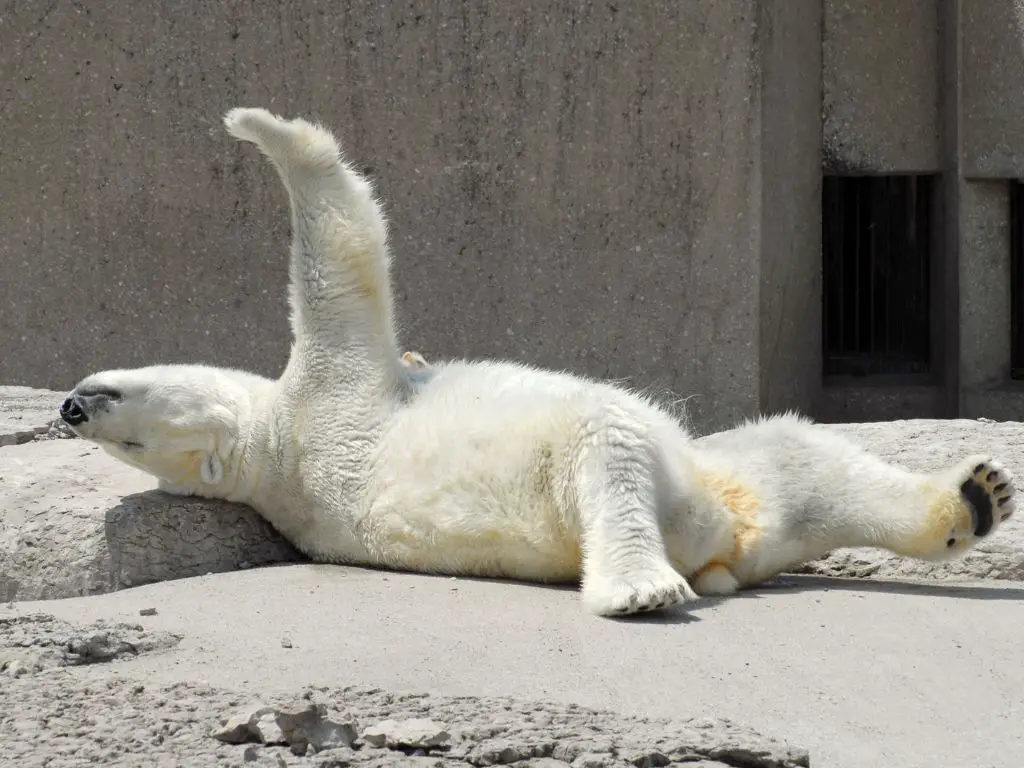
The longevity of polar bears in captivity can be attributed largely to the level of care they receive from humans and access to medical treatments that would not otherwise be available in the wild. Captive environments also provide more stable food sources than those found naturally, allowing these animals greater access nutrition needed for optimal health throughout their life span. Additionally, captive facilities often provide larger areas with more enrichment opportunities than what may exist within natural habitats; this allows polar bears increased physical activity as well as mental stimulation which has been linked with improved quality and lengthier lifespans among other species kept under human care such as cats or dogs.
Overall, while there is still much research needed regarding how long do polar bear live both inside and outside captive settings it appears clear that when provided proper levels of dieting along with ample space for exercise coupled with necessary veterinary attention – these majestic creatures can enjoy many healthy decades living amongst us!

Causes of Polar Bears’ Deaths in the Wild
Polar bears populations have been in decline due to a number of factors.
- One major cause is climate change, which has caused sea ice levels to decrease significantly over time. This leads to fewer hunting opportunities for polar bears and more competition among them for food sources, resulting in malnutrition and death.
- Human activities such as oil drilling can disrupt polar bear habitat by introducing toxins into their environment or leading to collisions with ships or other vessels.
- Polar bear hunting continues on a large scale despite regulations put in place by governments around the world; this further reduces population numbers as well as impacting genetic diversity within species groups.
Unfortunately due to climate change and other human causes such as hunting and pollution, there has been an increase in mortality rates among young cubs which may lead to shorter lifespans overall for this species. To ensure that future generations will be able continue living on our planet it is important that we take action now by reducing carbon emissions and protecting their habitats from exploitation so these incredible creatures can thrive into old age like they deserve.

